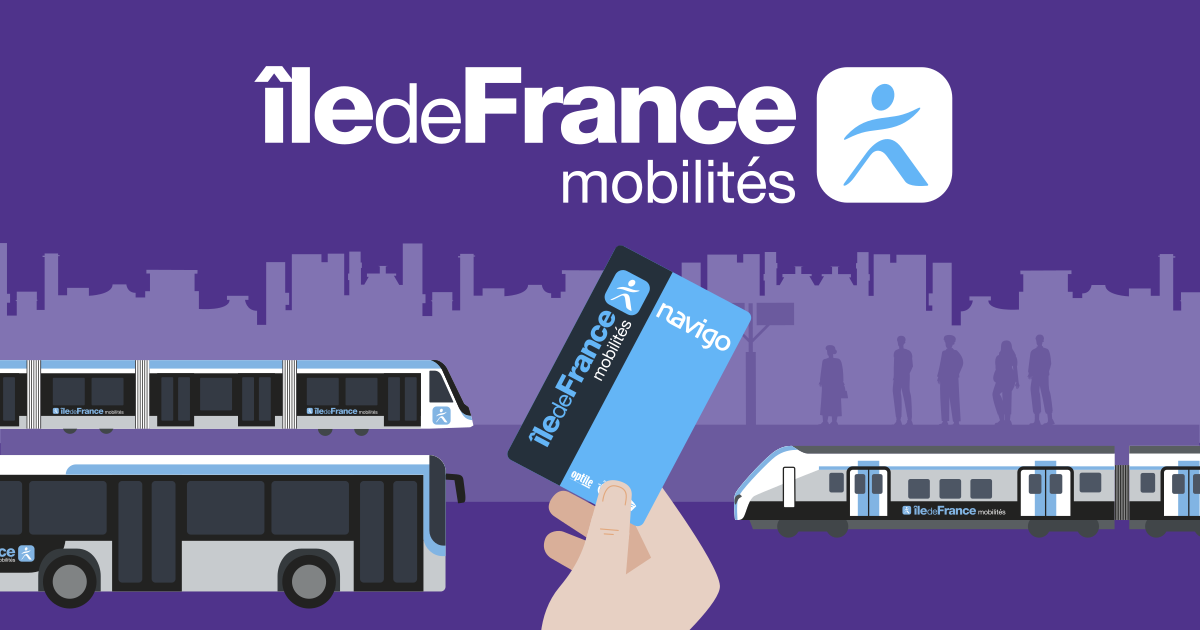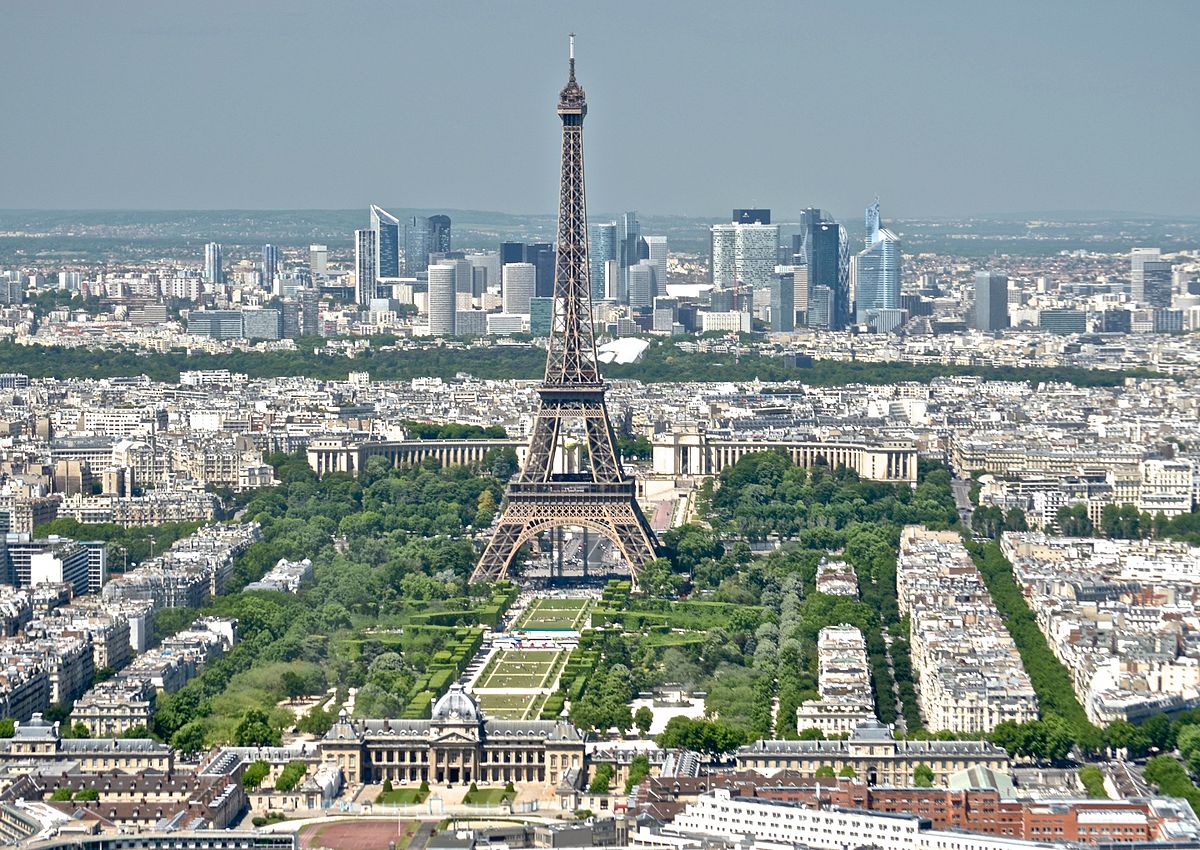It is clear that London is a leader when it comes to electric buses, there's no doubt about that, certainly in the UK but internationally as well. The Netherlands would also be considered a leader in electric buses as they passed the 1,000 electric bus landmark in 2020. As that covers a large proportion of inter-urban routes and even rural/regional routes that seems particularly impressive to me.
I think it is still interesting to compare the number of buses in Paris and London, aside from the debate about zero emission buses. Are Londoners being short-changed compared to the Paris region? The London fleet size was mentioned as 8,643 earlier on. So that is just under 1 bus per 1,000 population. Île-de-France has a population of 12.3 million according to Wikipedia which is about 0.85 buses per 1,000 population. The discrepancy could be explained by the greater density of the metro, or by lower density in the outer areas of the Paris region compared to outer London (not sure if lower density is in fact the case - I suspect it is may not be). London's population (and therefore fleet) is artificially restricted by the Greater London boundary that doesn't include several hundred thousand people in the urban area outside the Greater London boundary. Although London's bus fleet does actually cover a fair proportion of cross-boundary routes.

en.wikipedia.org
There could be many factors affecting bus provision in those regions, but without doing too much detailed analysis, it looks like that London does OK compared to Paris.


